Meet The Stranger's Artist of the Week.
by Corianton Hale
Ian Shearer is a queer painter living and working in Seattle who explores themes of isolation and marginalization through acrylic painting. His moody, dreamlike scenes of Seattle nightlife and nature are also explorations of how the brain works, and how people see and interpret things differently. In our interview, we talk about neurodiversity, disability, and creative fortitude.
In your paintings, there is a sense of observation that shows a real enchantment with Seattle streets and neighborhoods, but also a feeling of observation that borders on voyeurism. Can you tell me more about how your paintings explore the feeling of being on the margins of society?
When I began painting urban landscapes four years ago I didn’t consciously set out to document Seattle’s contemporary redevelopment, but even in that short time, so much of the city has changed. Places, homes, shops, and venues have disappeared and the skyline is noticeably altered. After seeing it happen continuously on the day-to-day, I now more intentionally strive to capture and chronicle the city’s essence and memory before it fades and shifts again into something else.
I use urban landscapes as metaphor to explore isolation and subjective reality. My paintings are deliberately composed to seem far away or a bit off, removing the viewer from the action, placing them off center, off stage. This disorientation and de-centering gently provokes an experience for the viewer beyond the self. A group of people can have wildly different interpretations of the same experience, and yet it is our shared isolation of subjective reality that unites us all.

Ian Shearer
Can you talk about your stroke, and how has your visual theme of marginalization shifted or been amplified since the incident?
My stroke changed everything. I had to relearn how to walk, talk, hold a fork, write my name—all of it. Some members of my recovery team thought I might never paint again. Eventually, I did, but it was as if someone else was painting. From the subject matter to the lines and colors and techniques, all were completely alien to me and my previous body of work. It caused a huge existential crisis. I needed to start anew as an artist. Over the past few years, I’ve been able to visually explore and communicate through my paintings the sensations I have only the barest of words for: memory loss, aphasia, dyslexia, Sensory Regulation Disorder, photophobia, synesthesia.
Look closely, and the viewer will see not just a pretty picture but the fractures and imperfections and distortions that are parts of our reality. I think most people can relate to that!
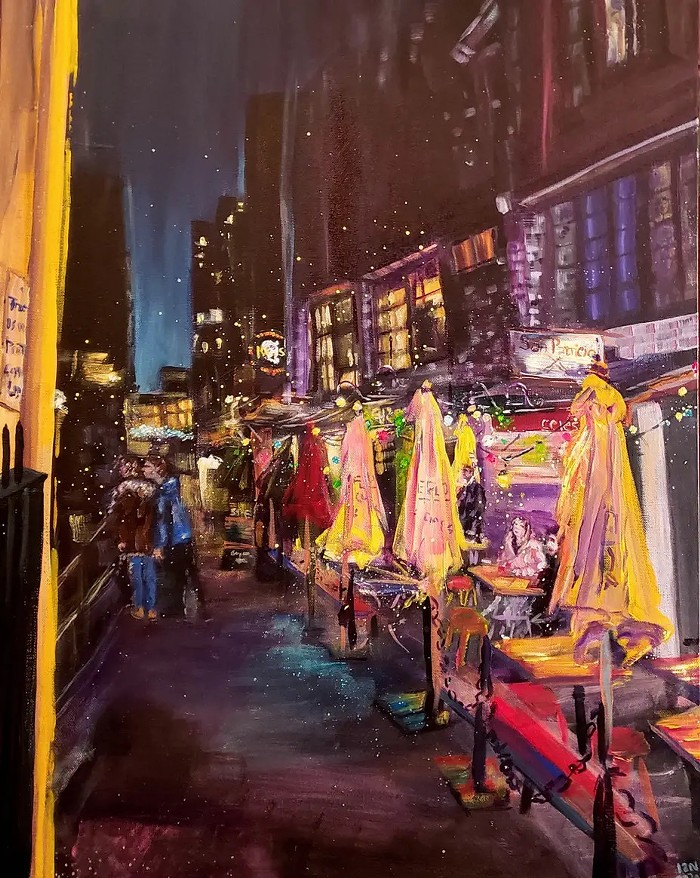
Ian Shearer
You’ve said you paint how things feel. I love the vibe you create by interpreting more distorted and dream-like versions of reality. What led you to this style and approach?
I really want the work to feel like a dream or memory, as if someone is telling a story about the city—not just the physical terrain but the emotional atmosphere, too.
I’m also interested in how the brain interprets certain stimuli and decides what information is important. I’ll make some objects or people transparent or maybe paint a car in order to give someone the physical feeling of that car taking up space, to show what that feels like rather than painstakingly rendering a car just to look like a car. An altered continuance of my centering and decentering the viewer, the viewed, the scene. Similarly, I delete buildings and rearrange their placement and warp the perspective, much like when in a dream.

Ian Shearer
What do you want the world to understand about disability within the art scene?
So, this has become a passion of mine over the past couple years. Initially, when I began showing my post-stroke work I was loathe to talk about my disability because I was afraid people would judge my work differently. Also as a young stroke survivor, it was difficult for me at first to find other disabled artists. And I had kind of a “be the change you want to see” moment. The more I talked about my disability and its relation to my art practice, the more I realized how fundamentally ablest some of my preconceptions were and how inaccessible the art world can be for people with disabilities.
The uncomfortable reality is that if you live long enough you, too, will likely end up with a disability of some sort. We need way-finders to illuminate the path forward if and when you may find yourself there. Artists with disabilities are artists, full stop. With narratives and artistic practices just as valid and deserving of the same recognition and opportunities as non-disabled practitioners.
This past May at the Slip Gallery I was fortunate to curate Fortitude: Working Artists with Disabilities, which showcased an incredible group of artists and fostered community engagement around the intersection of disability and the arts.
We were also able to play with the way the work was presented. Asking questions such as: Can people in wheelchairs have the same experience as people standing? What about people with low vision or no vision? Can you implement light and sound modifications for neurodivergent people? What about ASL interpretation for artist talks?
Presently in Seattle, I’m glad to have learned through my experience with Fortitude that there are in fact people and institutions doing tremendous work locally to make the arts more accessible, but there is still a long way to go.
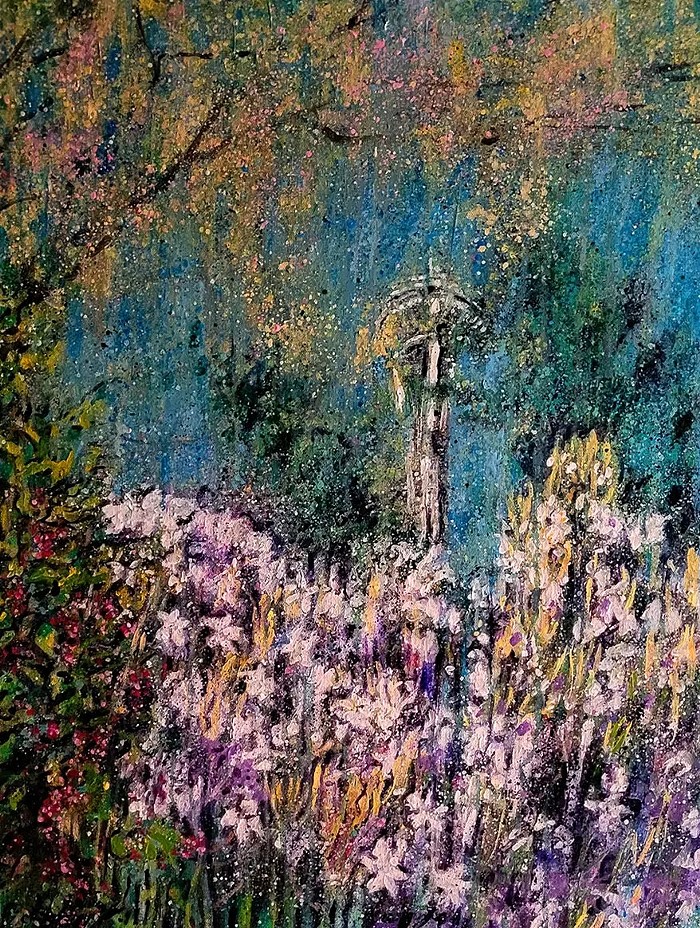
Ian Shearer
Do you work from photographic references? How do you choose a moment to document?
I take a lot of photographs. My service dog Joaquin and I roam the streets at night and I take pictures of anything that catches my eye or heart. I then go through them and pull out anything that makes me feel a certain way. Maybe the way the light falls against a building, or an interaction between two people, or something I was thinking about that day when I first took the picture. Following that feeling I add elements from other photos, memory, and imagination until I see the story I need to tell, to paint.
What music do you put on to get into the zone?
Oh, I am totally a method painter. I create playlists specific to individual paintings and then listen on repeat until the work is done. Super emo, musicals, pop, it really depends on the piece. But I’m kind of a little goth boy at heart. I often say I want my paintings to look like a Cure song.
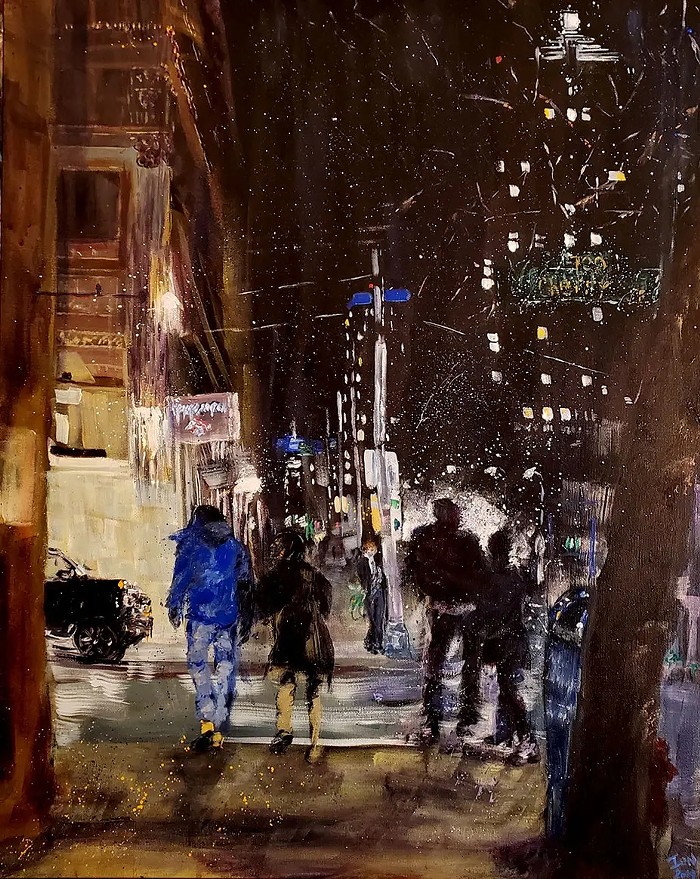
Ian Shearer
What are your goals for 2023?
2023 is a busy year. I was honored to receive a Hope Corps grant from the Seattle Office of Arts and Culture for 2023, which is how I was able to curate the Fortitude show. The show was a dream in 2022, so it has been so amazing to see it come to fruition!
As part of the grant, I am taking the year to create a series of work exploring access, inclusion, and isolation. As a cis white man, I have access and privilege in the world that is not available to all. Being gay changes some of that while being disabled adds to the marginalization. Access has many different layers and my work seeks to confront and challenge the status quo and interrogate the many-layered meanings of how accessibility is perceived and understood beyond the physical realm. The series will be shown this December at Slide Gallery in Belltown.
Ian has work hanging in the group show Pride at Slide (open June 22 and June 30 from 2-6 pm at Slide Belltown), and a collection at Berkano Gallery at the Labor Temple through June 30.
Find more of Ian’s work at www.ianshearerstudio.com and follow him on Instagram at @ianshearerartist.












 Ian Shearer
Ian Shearer
 Ian Shearer
Ian Shearer
 Ian Shearer
Ian Shearer
 Ian Shearer
Ian Shearer
 Ian Shearer
Ian Shearer












































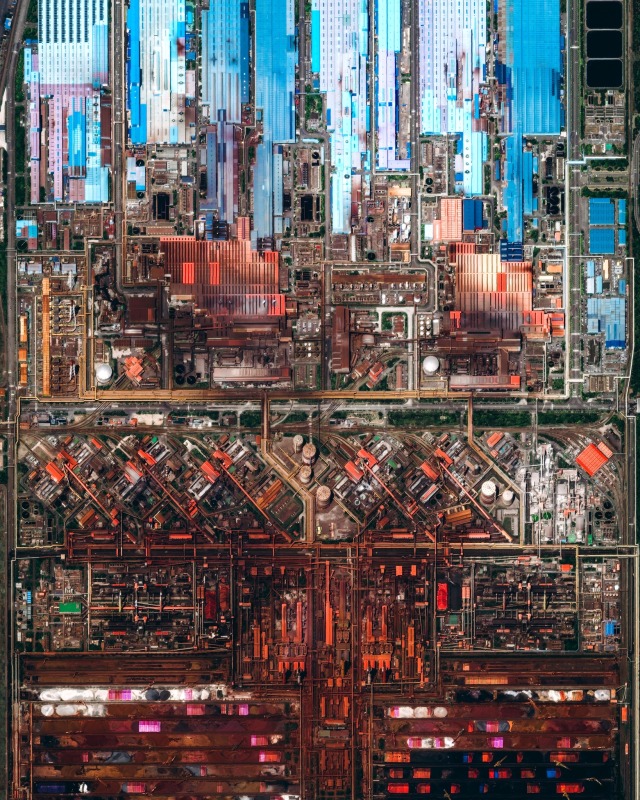






















































































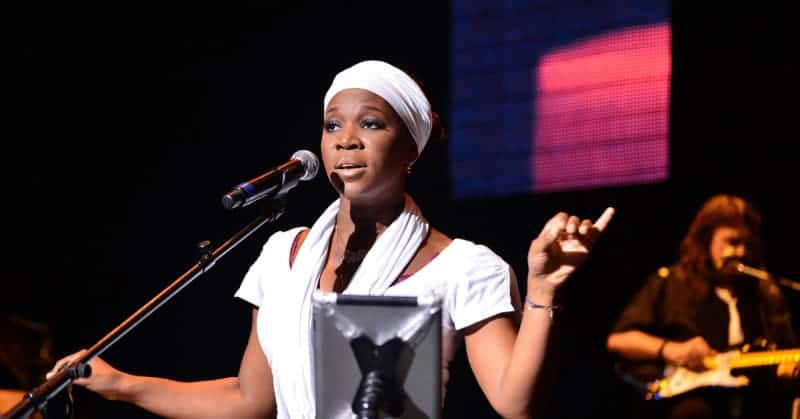

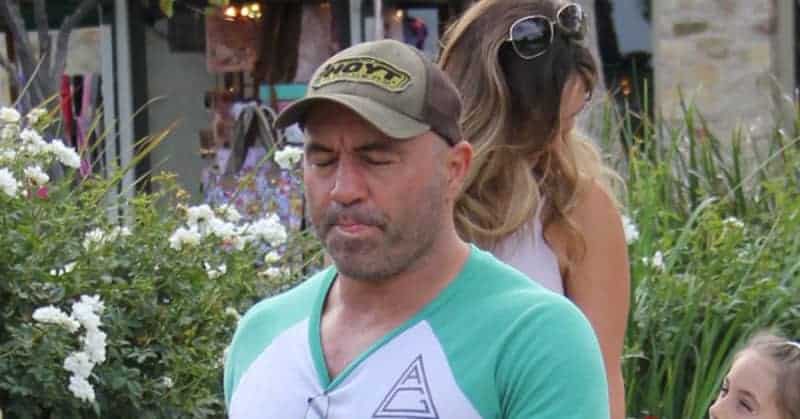



































































 (via @howridiculous)
(via @howridiculous)









